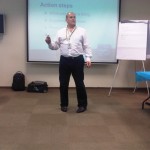In my previous post I talked about the process of understanding how the buying process works and I talked about how the Synchronised CEL process was about making sure that the things that you were doing aligned to the stage your prospective customer is at in their buying process.
Remember that the steps in that process were Need – Feasibility – Evaluation – Decision – Approval – Implementation.
So there are certain steps in your sales cycle that you need to have that align to these steps in the customers buying cycle.
When your customer is in step 1 – Determining that they have a Need, then your corresponding step is Assessment – this is where you are assessing if you have a solution for that customer, are they in your target market and of course are they the kind of customer that you want to have.
At step 2 for the customer, Feasibility, your step is Understanding – you are taking the necessary actions to understand the customers business, their industry drivers, the way the decision and approval process will work and if possible what are the other important and competing priorities that they may have in their organisation.
Once the customer then moves to step 3, which is Evaluation, you’ll be focused on the Solution, what solution will you propose for the customer, how will it be priced, what components are needed to meet the customers requirements, what are the gaps in your solution map and how will you fill them.
So you then get to present your solution and your proposal in Step 4 – for the customer, this is the Decision step and for you, this will be the Proof step. You’ll be showing the customer how you can meet their business objectives, doing a final demonstration of your solution, sharing your references and addressing any concerns the customer has.
You’ve proved that your solution will fit the customers requirements so they are ready to Approve a solution – at this point you’ll be focused on Justification – this is where you’ll need to have an ROI based business case that shows the customer how their investment with your solution will deliver value – and will deliver a better return on investment than any other competing scenarios.
The final step is where the customer moves to Implementation and you’ll be concentrating on the Agreement process. Contracts are reviewed, project plans are submitted, project teams are selected, money changes hands and the rollout of the solution starts.
So you can see that for every step in the buying process you have a corresponding selling action.
The key to success is to have a system in place so that as you move through each step in the cycle you are prepared to deliver against the customers expectations.
Now I am not saying that you’ll have a standard engagement that follows this process every time, but I challenge you to think about the last 5 deals you won and the last 5 deals you lost. Was your sales cycle aligned to the customers buying cycle or were you trying to engage with them at a stage that they weren’t ready for.
But by having a standard process that you follow you’ll be prepared for each stage and have the right tools and supporting documents and resources you need to successfully move to the next stage – or to qualify out of the deal, but on your terms, because you determined that there wasn’t a fit between your organisation/solution and the customer and their needs.
So what are some of the components of your sales system? I’ll cover that in my next blog post on this topic.







Get Social